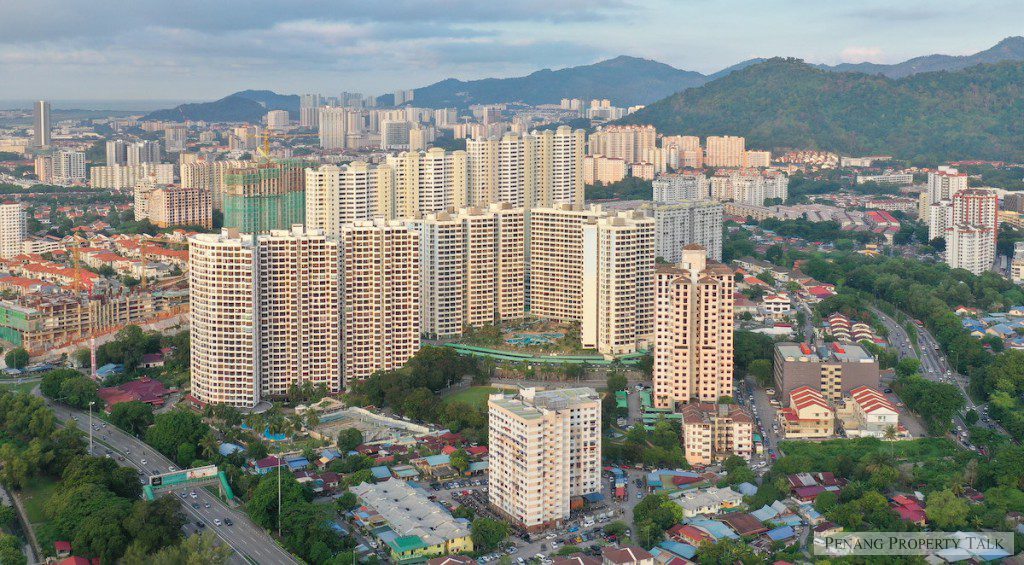Main stumbling block for Malaysians hoping to buy house
The failure to secure loans and difficulty in managing monthly cash flow have proven to be the main stumbling block in many Malaysians’ ability to own property.
Factors such as quality, size and location of the property also determine the take-up rate, according to experts.
Citing a Bank Negara Malaysia report, National House Buyers Association (HBA) secretary-general Datuk Chang Kim Loong said the rate of increase in prices of property has far outstripped wage increments since 2012.
“Consequently, prevailing median house prices are beyond the reach of most Malaysians,” he told theSun.
“HBA has warned for years that prices are rising too rapidly, but our message has gone unheeded,”
he added.
However, for people to whom affordable homes are already out of reach, the next option is social housing.
According to the criteria outlined by Housing and Local Government Minister Datuk Zuraida Kamaruddin, an affordable home must have a built-up area of at least 900sq ft (excluding the balcony), priced from RM150,000 to RM300,000 (in both rural and urban areas) and located in areas with good connectivity with public transport and other amenities.
However, not many affordable housing schemes, especially in the Klang Valley, Selangor, Penang and Johor, meet all the criteria,
said Chang.
This leaves many buyers without a choice but to opt for social housing.
These are schemes that are usually managed by state governments, with a built-up area of less than 800sq ft and priced below RM100,000.
Chang said Singapore’s Housing Development Board (HDB) apartments are a reflection of the republic’s success in providing affordable housing to its population.
By 2019, a total of 81% of the city state’s population were already living in HDB apartments.
However, unlike Singapore, where there is a singular authority to enable a more systematic approach, housing and land matters in Malaysia come under the purview of the states, he said.
“This is further complicated by the different requirements in each state, not forgetting the quotas and discounts for bumiputras.”
For those who find affordable homes are still out of reach, there is no shortage of social housing schemes in the country, said Association of Valuers, Property Managers, Estate Agents and Property Consultants in the Private Sector Malaysia research exco Sulaiman Akhmady Mohd Saheh.
“Schemes such as the PR1MA, Rumah Mesra Rakyat and people’s housing programme offer inexpensive homes targeted at those in the B40 and low M40 groups.”
However, many Malaysians are also not opting for such homes,
he said.
“Apart from the cost, there are other factors to consider, such as quality, size, layout, location, as well as distance from amenities and workplace.”
Sulaiman said under the United Nations Centre for Human Settlements charter, an affordable home would also have to meet these requirements.
However, affordability remains the biggest issue.
A home is considered affordable if it is priced at or below three times the median annual household income of the potential buyer,
added Sulaiman.
In Malaysia, the ratio was 4.9 in 2020, according to research by the Khazanah Research Institute.
Sulaiman also cited examples of how the problem has been addressed elsewhere.
In Los Angeles, an initiative called the Motel Conversion Ordinance gives city authorities the right to convert motels into public housing for the homeless.
He said Malaysia could have a similar law that will enable the government to allow the conversion of under-utilised or vacant buildings into apartments.
However, the appropriate legislative steps will have to be taken to enable such initiatives in the country.
Source: TheSunDaily.my



Talk, talk, and more talk, it will forever be the same “stumbling block”, which is no money. Which brings us to the question whether is it so surprising that you have poor people in your country???? It is the same everywhere in the world!!! You always, ALWAYS, have the rich, the middle class, and the poor.
It’s a race from the day you’re born. If you refuse to participate in the race, you become poor (unless you have inheritance). If you loose out in the race, you become poor. If you don’t know how to race due to poor education or just simply not as smart as others, you become poor. If you are poor, even if a property is sold to you at cost price of the bricks and sand, you also cannot afford.
Therefore, it is not a property problem, it is a social welfare (kebajikan) issue.
YES 101% Correctly Said, Some People needed to be baby-fed even already middle aged